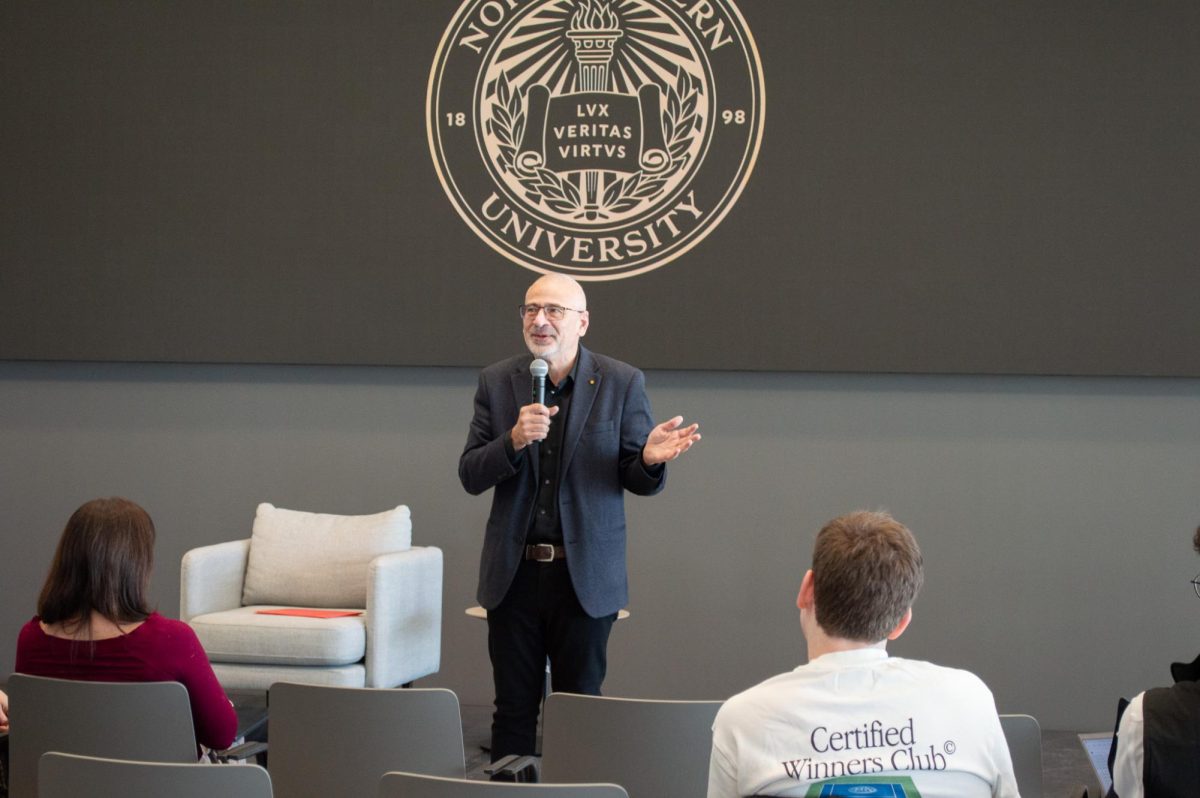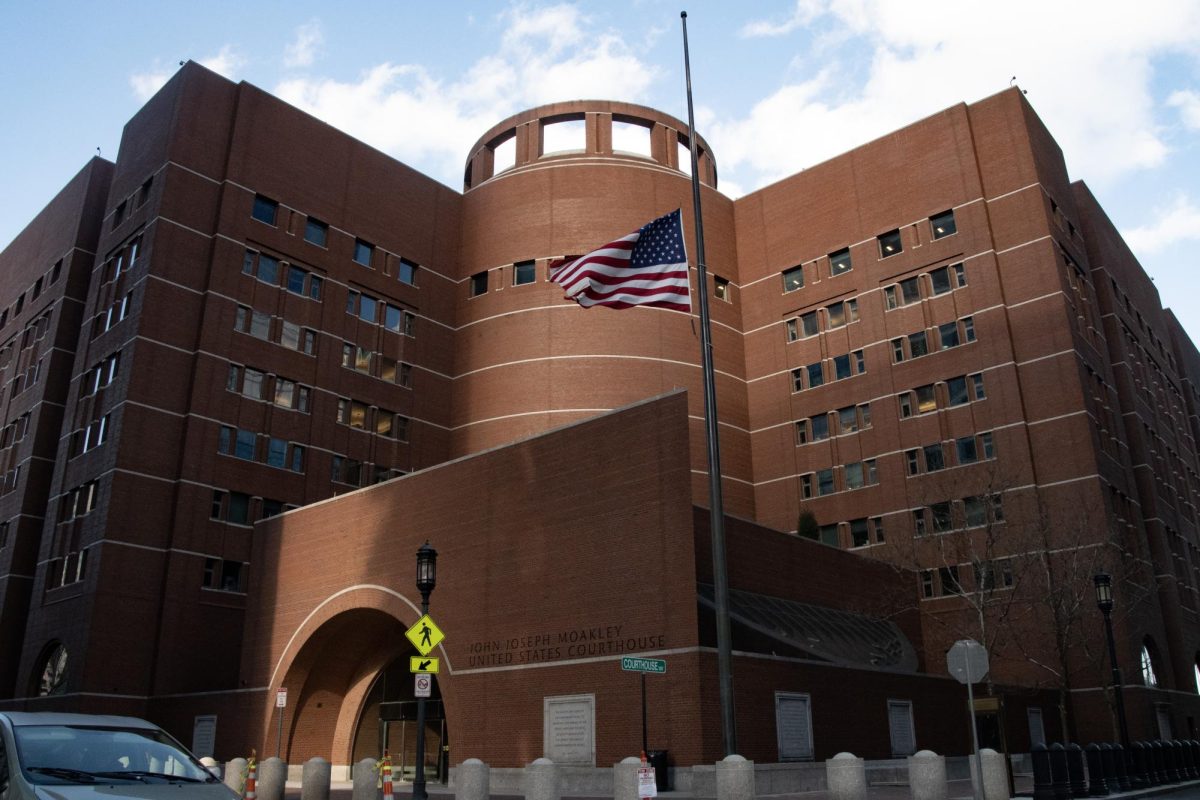By Briyah Paley
There are some tragedies in this world that your own eyes need to see in order to believe. Award-winning photo journalist James Nachtwey used his camera to open the eyes of the world to things many people would not have seen.
The Human Rights Watch International Film Festival came to a close last Sunday with a screening of the intense film “War Photographer,” an Oscar-nominated documentary, at the Coolidge Corner Theatre in Brookline. The screening was part of a series of 14 documentary and feature films shown Jan. 23 through Jan. 26 at the Museum of Fine Arts, the International Institute of Boston and the Coolidge Corner Theatre.
The Northeastern Journalism School co-presented the film, a move initiated by Professor Bill Kirtz who became interested after having been on assignment for the Christian Science Monitor covering last year’s film festival.
“It’s an honor for us to co-present this film,” Kirtz told the audience at the screening. “This should be an inspiration to us all.”
The documentary, directed by Christian Frei, follows Nachtwey on assignments in Nicaragua, Rwanda, Somalia and Kosovo. The audience watched in horror as he choked on tear gas in Ramallah. The documentary shows Nachtwey taking pictures of grieving women in Kosovo and countless bodies strewn over the landscape, lifeless and decaying.
As Nachtwey says in the film, “what happens to ordinary people in the course of history … that’s what I wanted to get across.”
Parts of the film were made by attaching a small video camera to Nachtwey’s still camera, allowing the audience to be there with him in the precise moment his finger clicks to capture a picture. Also in the film are some of Nachtwey’s closest friends, bosses and even a former flame who is now the foreign editor of a German magazine. They all can attest to his determination.
Journalism Professor Belle Adler was on hand to see the film. “What the film did well was it brought together a profile of [Nachtwey] and his message,” Adler said.
Freshman journalism major Jillian Orlando said, “Facts were thrown in your face. I liked the way it was done.”
Jason Massaro, an artist who has also filmed documentaries, did not know the film would be about Nachtwey’s work.
“My friends told me to go see this. I’d seen his work before, and it was interesting to see the stories behind the images and what it was like for him to be there,” Massaro said.
“Next year Inez Hedges [Director of Cinema Studies at Northeastern] and I hope to put together a panel to discuss the films,” Kirtz said. “Bearing witness is the highest calling of a journalist.”









